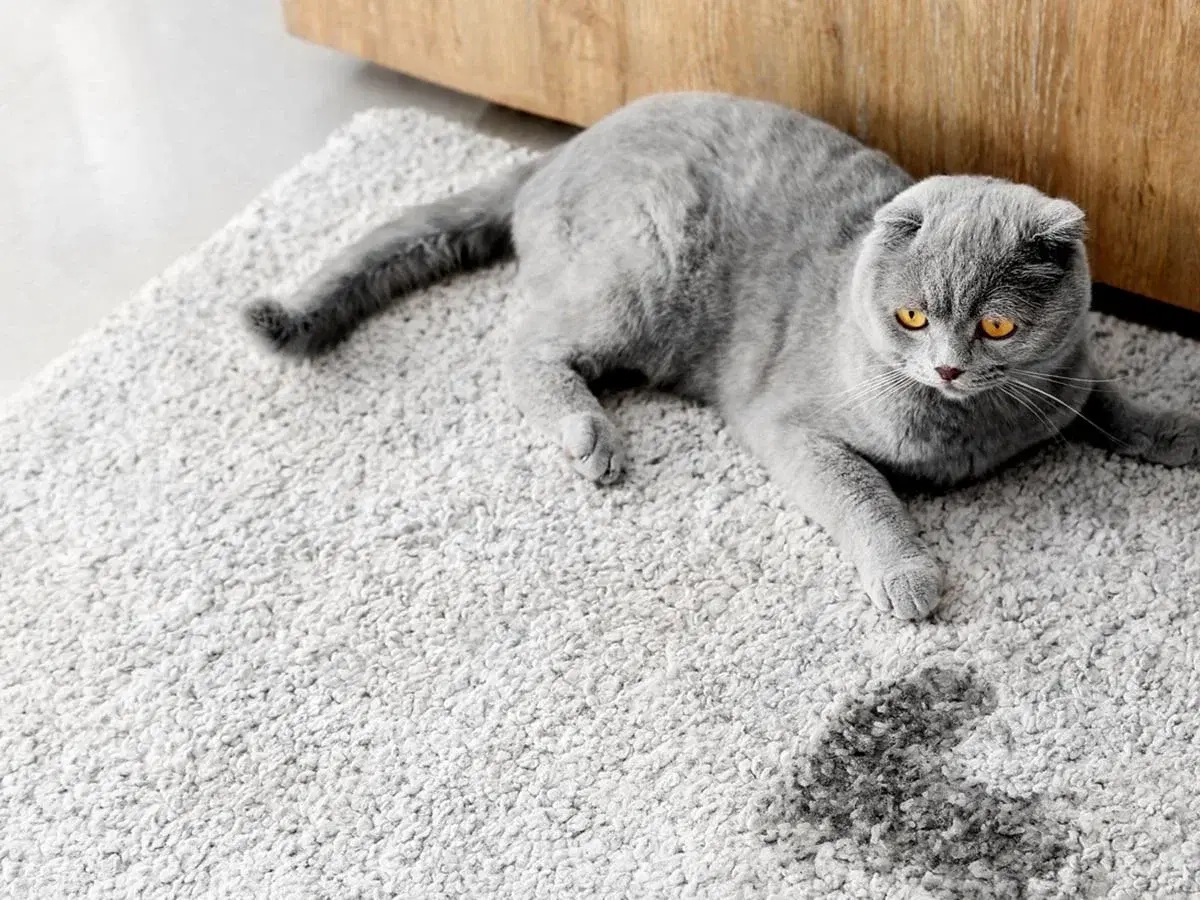Unwanted behaviors like scratching furniture, litter box avoidance, or constant meowing can test any pet parent's patience. But before resorting to harsh methods, consider positive reinforcement – a training approach that rewards good behavior and helps your feline friend understand what's expected.
Common Cat Behavior Problems
Cats can exhibit various unwanted behaviors, some of the most common being:
Scratching Furniture: This is a natural instinct for cats to sharpen claws and stretch.
Litter Box Avoidance: This can be caused by medical issues, stress, or a dirty litter box.
Excessive Meowing: Cats may meow to express hunger, boredom, or anxiety.
Destructive Chewing: Chewing can be a sign of boredom, teething (in kittens), or a need for more mental stimulation.
Aggression: This can manifest as hissing, swatting, or biting. It's crucial to address aggression promptly, as it can be caused by fear, underlying health problems, or territoriality.
Positive Reinforcement Techniques
Positive reinforcement focuses on rewarding desired behaviors, making them off more likely to be repeated. Here are some effective techniques:
Playtime: Engaging your cat in daily play sessions helps expend energy and prevents boredom, which can lead to destructive behaviors.
Treats: Reward good behavior with small, healthy treats.
Praise: Verbal praise and gentle petting can be powerful motivators for good behavior.
Clicker Training: Clicker training uses a clicker sound to mark desired behaviors, followed by a reward.
Environmental Enrichment: Provide scratching posts, climbing structures, and interactive toys to keep your cat mentally and physically stimulated.
Why Cats Misbehave
Understanding why your cat is acting out can help you address the root cause:
Medical Issues: Sometimes, sudden behavioral changes can indicate underlying health problems. Consulting a veterinarian is crucial.
Boredom: Cats need mental and physical stimulation. Lack of playtime or enrichment can lead to destructive behaviors.
Stress: Environmental changes, new pets, or loud noises can cause stress in cats, leading to behavioral issues.
Litter Box Issues: A dirty litter box, inappropriate location, or type of litter can cause litter box avoidance.
Lack of Attention: Some cats act out for attention, even if it's negative.
Redirection and Avoiding Harsh Techniques
While positive reinforcement is ideal, redirection can be helpful in some situations. If you catch your cat scratching furniture, gently redirect them to a scratching post.
It's important to avoid methods that can stress or scare your cat, such as using a spray bottle, loud noises, or physical punishment. These methods can damage the bond you share with your cat and worsen the behavior.
Teaching Your Cat "No"
Cats don't learn "no" in the same way dogs do. However, you can teach them to associate a word (like "no" or "uh-uh") with stopping unwanted behavior. Here's how:
Catch them in the Act: The key is timing. The word "no" needs to be delivered immediately when you see the unwanted behavior begin.
Firm but Gentle Voice: Use a firm but gentle voice, not a yell.
Offer an Alternative: Immediately redirect your cat to an acceptable behavior. For example, if they're scratching the couch, pick them up and move them to a scratching post.
Positive Reinforcement: When your cat engages in the desired behavior (using the scratching post), reward them with praise, treats, or playtime.
Clapping at Your Cat
While some resources might suggest clapping to startle your cat and stop unwanted behavior, it's generally not recommended.
Stressful: Clapping can be startling and stressful for cats, potentially damaging your bond.
Temporary Fix: It might stop the behavior in the moment, but it won't teach your cat what's expected.
Focus on Positive Reinforcement: Positive reinforcement methods are more effective for long-term behavior modification.
Expert Insights from Spot
Unwanted behaviors like aggression, separation anxiety, and excessive licking can be frustrating for pet parents. Spot's internal data shows that claims for behavioral conditions in cats cost an average of $280. The good news is that many behavioral issues can be addressed through positive reinforcement training, environmental enrichment, and addressing any underlying medical conditions. If you're struggling with your cat's behavior, consulting a veterinarian or animal behaviorist can be helpful.
How to Introduce a New Cat to Your Resident Cat
If you're considering getting another cat to address your resident cat's loneliness, proper introductions are crucial. Here's a basic outline:
Separate Spaces: Start by keeping the cats in separate rooms with their own food, water, litter box, and hiding spots. Allow them to get used to each other's scents by swapping bedding or cat toys.
Gradual Introductions: Once comfortable with scents, introduce them visually through a barrier like a baby gate. Allow them to hiss or growl – this is normal communication.
Supervised Interactions: If comfortable, start supervised playtime sessions on opposite sides of the gate. Gradually increase interaction time as they seem relaxed.
Remember, proper introductions can take weeks or even months. Be patient and provide positive reinforcement throughout the process.
Key Takeaways
Positive reinforcement and addressing underlying causes are effective ways to curb unwanted cat behaviors. By understanding your cat's needs and providing them with enrichment, play, and affection, you can strengthen your bond and create a harmonious home environment. If issues persist, consulting a veterinarian or animal behaviorist can provide valuable guidance.
Additional Tips
Patience is Key: Remember, changing behavior takes time and consistency. Don't get discouraged if you don't see results immediately.
Identify the Trigger: Try to identify what triggers your cat's unwanted behavior. This can help you address the root cause and prevent future incidents.
Consult a Professional: If you're struggling to manage your cat's behavior on your own, consider consulting a veterinarian or certified animal behaviorist. They can provide personalized advice and training plans.
By following these positive reinforcement techniques and addressing the underlying causes of your cat's misbehavior, you can create a happier and more harmonious home for both you and your feline companion.
